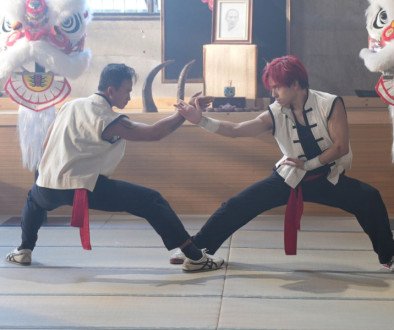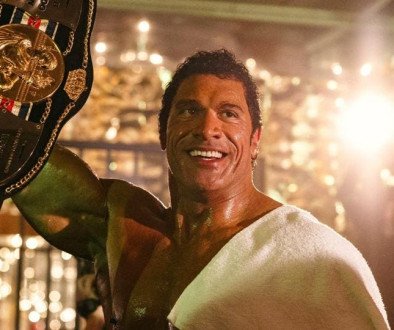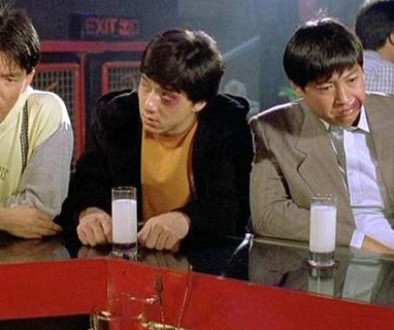SHALL WE DANCE? Review: Masayuki Suo’s Masterclass In Self-Discovery
Shall We Dance? is now playing in limited theaters from Film Movement Classics.
Masayuki Suo’s 1996 romantic dramedy, Shall We Dance?, is another one of those classics I now find myself falling into in my mission of Asian film coverage. I’m glad it did too; Peter Chelsom attempted a remake in 2004 which I haven’t seen, while at some point I’m sure it’ll fall in my viewing purview. At least now and for future write-ups, I have the original to fall back on for comparison.
The cultural climate of Suo’s Shall We Dance? lends perfectly to the film’s spirited tone and energy as well, underscoring the very nuances that play out as the story unfolds. Shohei (Koji Yakusho) is a father and married salaryman who, when we meet him, is enduring a spell of unfulfillment and pining for something that can bring him joy. Soon enough, and with the sight of a beautiful dancer for his impetus, a spur-of-the-moment opportunity – almost literally – ignites for Shohei to take up ballroom dancing lessons in secret.
It’s not long before loving wife Masako (Hideko Hara), alerted to Shohei’s sudden and not-so-subtle change in behavior and daily regime, decides to hire a private investigator to learn just exactly what has been pulling her husband away in the evening. What follows is a heartfelt tale of characters taken to task with their struggles, and putting it all on the line for the things (and people) they love the most.
I loved how Suo explores the agape chemistry between Shohei and dancer-turned-instructor Mai (Tamio Kusakari), which is core to the film’s progression considering Shohei’s motivation firstly starts with having seen her in the window of the studio from a train platform. It’s not hard to understand his next move from there, even from a human standpoint, and pertinently when Shohei attempts to strike up a conversation with Mai only to get rebuffed, serving as a lynchpin for Shohei to prove – at least to himself – that he has a purpose with the lessons. As we follow the story, their bond takes a gradual and welcoming turn well into the film’s second half.

Shohei’s marriage and family life is also brought into focus as Masako toils at figuring out what he’s up to and how it coincides with his change in behavior. When she eventually finds out and opens herself up to reconnect with him, it’s up to Shohei to confront his own insecurities to include his family in the completion he also seeks.
The film’s colorful line-up of performances by co-stars Hiromasa Taguchi, Yu Tokui, and a personal favorite, Naoto Takenaka, who plays Shohei’s co-worker, bring vitality to the various dimensions in Suo’s profile of the Japanese everyman trying to live their best life. In addition, the film also introduces Eri Watanabe and Reiko Kusamura, whose opposing roles bring a sense of balance to the energy they share with Kusakari’s role.
Crafted with elegant and vibrant dancing sequences, compelling performances and a heartwarming story, Shall We Dance? is exactly the kind of slice-of-life drama that poses the very questions that beg us to answer for what we want most. Judging by what’s been said in just some reviews with its remake eight years after, it’s safe to say that nearly thirty years later, and presented in 4K quality no less, Suo’s memorable cinematic gem hasn’t lost its step yet.




